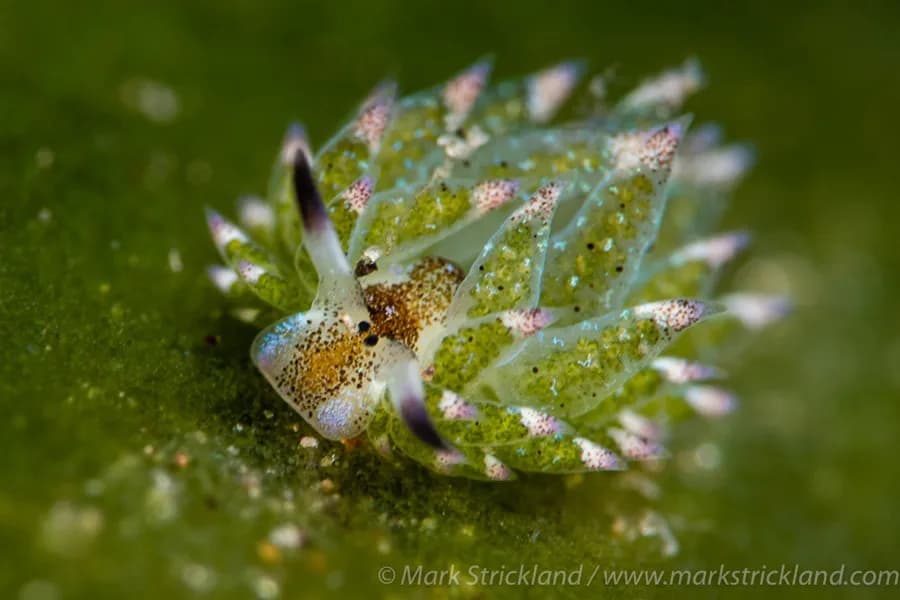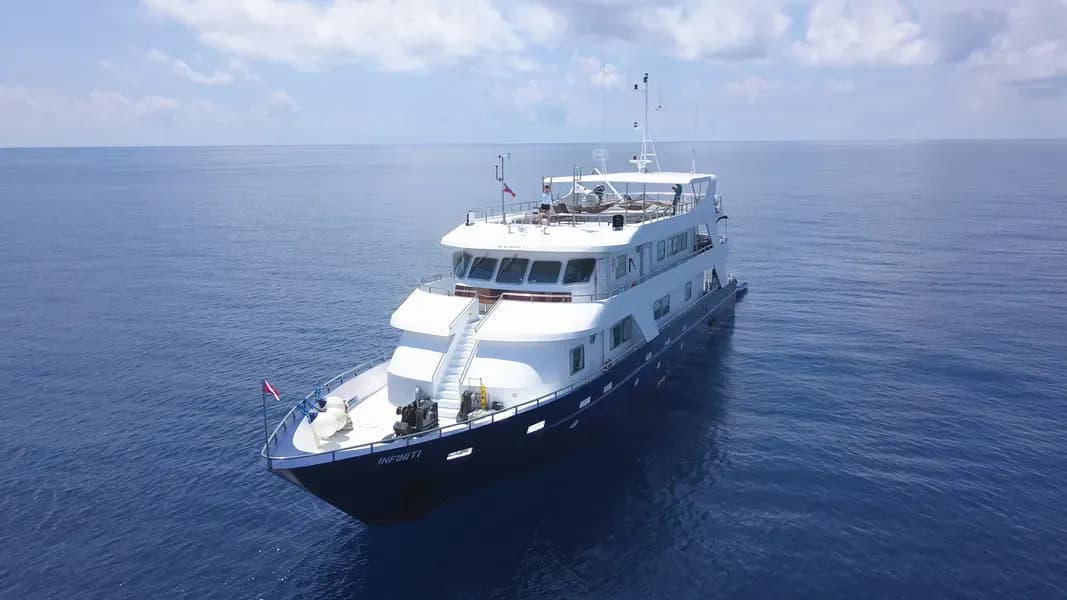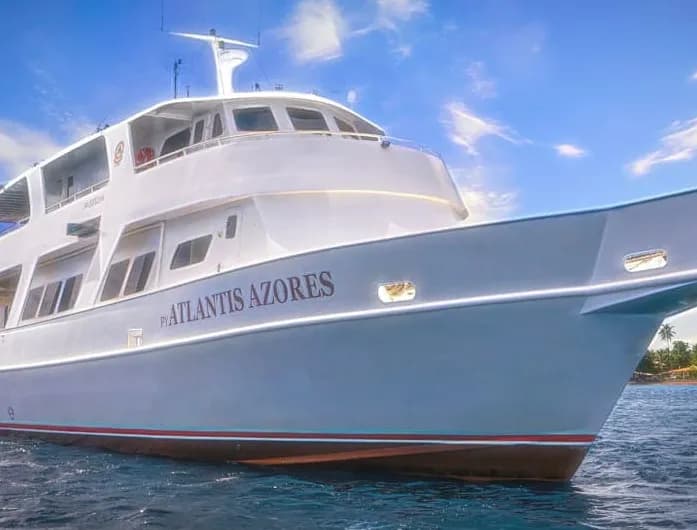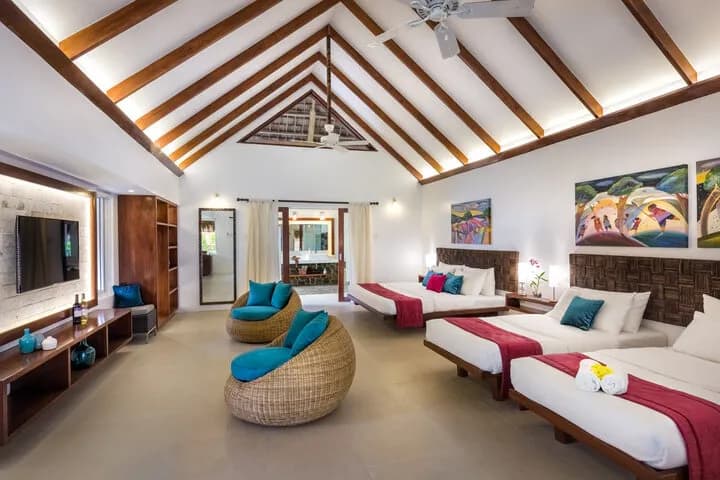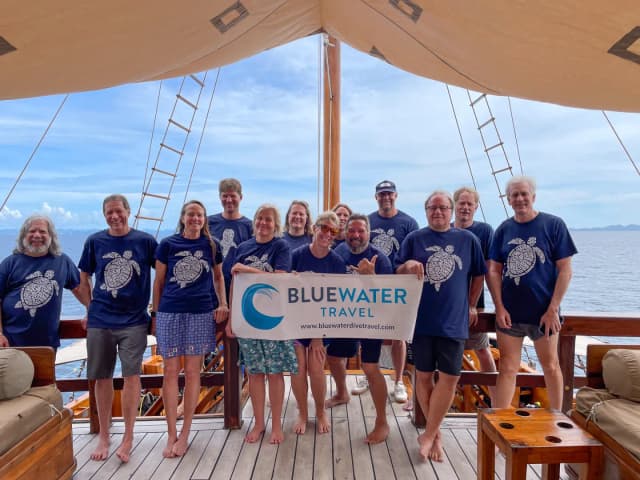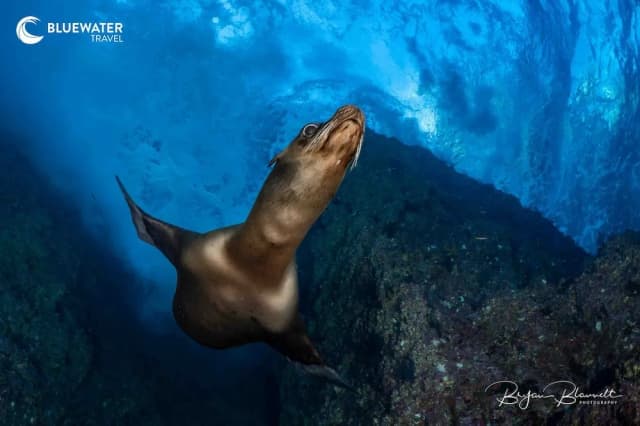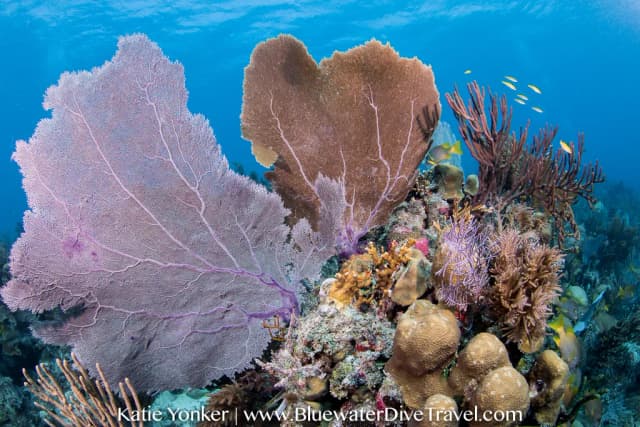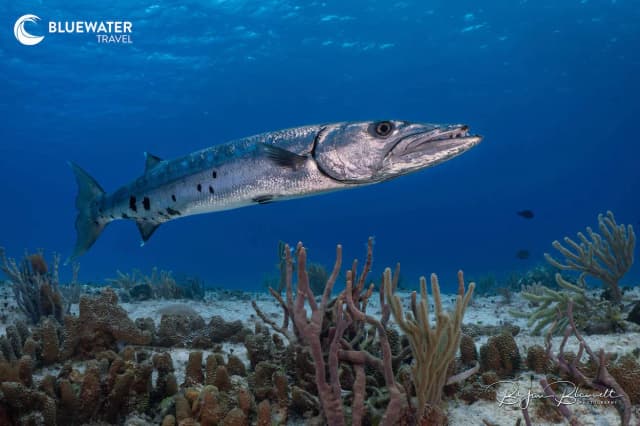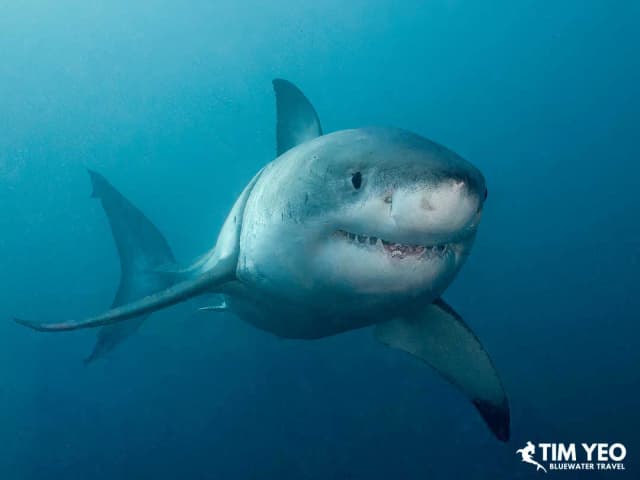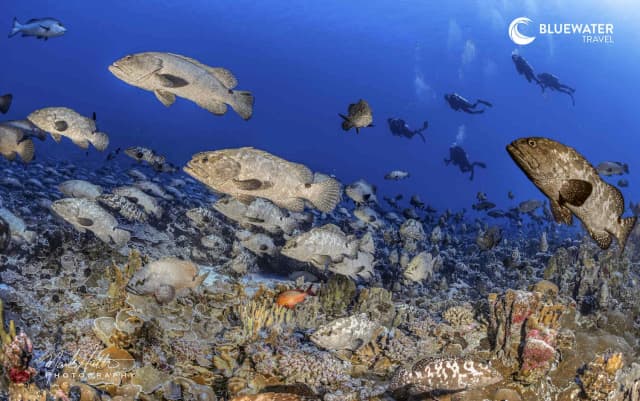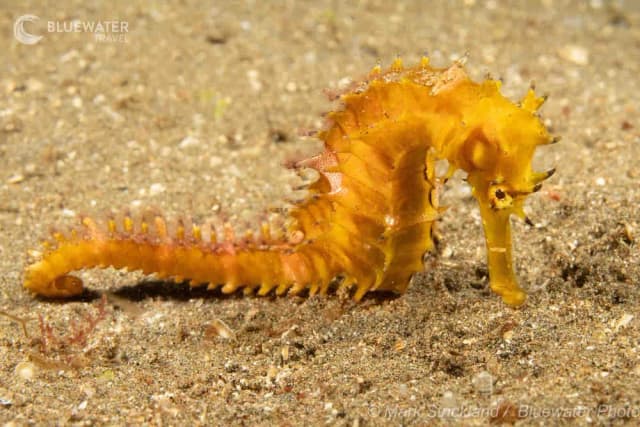Dumaguete Trip Report 2023
By Mark Strickland
Dumaguete is well known by underwater photographers and marine life enthusiasts for its superb diving and warm Filipino hospitality, and it easily lived up to this reputation during our stay. Located in the Philippines Central Visayas region on the island of Negros, its near the northern edge of the famed coral triangle, celebrated as having the worlds greatest marine biodiversity.


From the moment that we arrived at Dumaguete airport, it was clear that wed be well taken care of, as several uniformed staff members from Atlantis Dive Resort greeted us and loaded our bags aboard a pair of mini-vans for the 40 minute drive to the resort. Some of our group had arrived the previous day, and several more showed up later that afternoon, but once everyone was accounted for, we all gathered in the air-conditioned classroom for a general orientation and rundown on dive procedures. All of this was capably handled by the Atlantis dive team, but we enjoyed a significant bonus throughout our stay, as Atlantis photography ambassador, Marty Snyderman, was on hand from start to finish, and made a point of being present for and contributing to every briefing. A highly accomplished and widely published photo professional, Marty went out of his way to offer helpful suggestions, including sharing his own take on each of the subjects covered during the workshop, in addition to advice concerning photo strategies, dive planning and organizational tips.
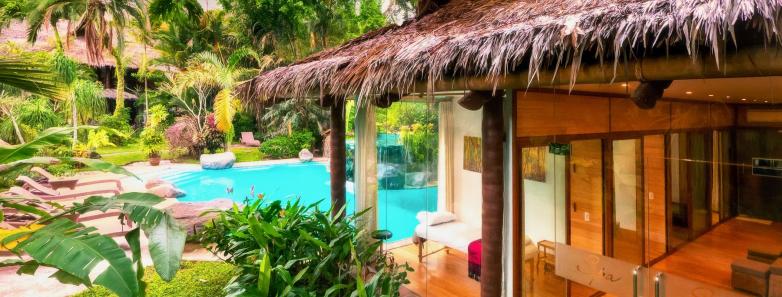
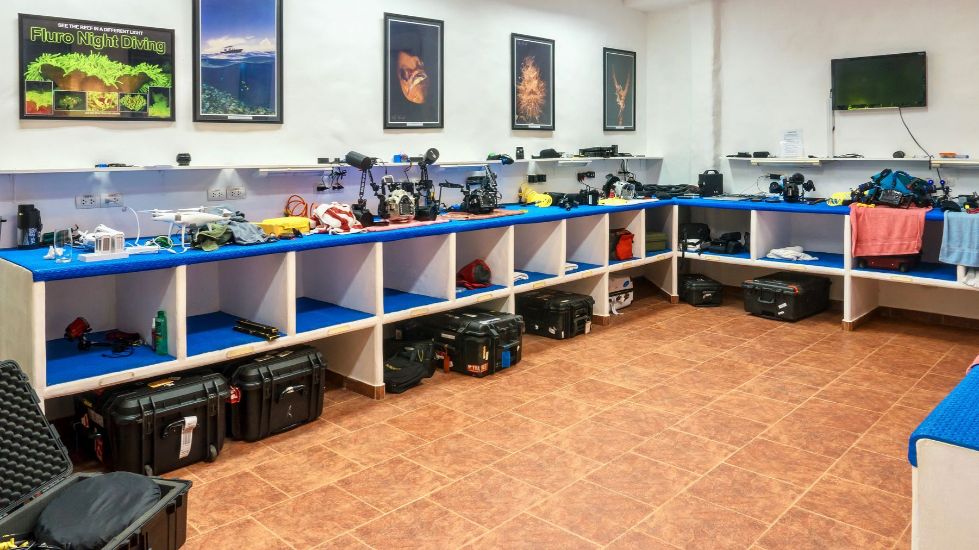

Atlantis is not only a lovely resort thats complete with all the amenities youd expect such as swimming pool, spa, and a gourmet-quality restaurant, its also a dedicated dive facility, with individual gear stations, drying racks, multiple rinse tanks and options for nitrox as well as air. Beyond that, however, there is a clear emphasis on underwater imaging, as evidenced by the large, well-lit air-conditioned camera room with individual work stations for each photographer, complete with multiple electrical outlets, compressed air guns and storage for camera bags. The significance of this feature cannot be overstated, as I was reminded the following week during a stay at a different resort elsewhere in the Philippines that required working on photo gear in my poorly-lit room and schlepping heavy camera gear to and from the dive shop twice a day. Everything about Atlantis is designed to make a photographers life easy, something that was greatly appreciated throughout the week.



Like me, many of our group had dived Dumaguete before, and already had a wish-list of special animals they hoped to encounter. Each of our guides took those requests to heart, and more often than not, did manage to find those target species. While maybe not quite as famous as other macro hotspots like Indonesias Lembeh Strait, Id rank Dumaguete at least equal for marine biodiversity, and superior in terms of aesthetics, as there is very little underwater trash, which cannot be said of some other macro destinations. And, while the emphasis is on small critters, Dumaguete also offers some great wide-angle possibilities, particularly at Apo Island, about a 45 minute boat ride away.
Pretty much the entire coastline at Dumaguete offers great critter diving, and most of the sites we visited were within a 2-10 minute boat ride from the resort. Diving is done from one of several outboard powered speedboats, or a much larger Banca, a traditional, diesel-powered vessel with twin bamboo outriggers that can comfortably accommodate 15 or more divers. There is no pier, so divers wade out to board their assigned vessels while the crew handles the dive and camera gear. Wet suits are donned on shore at the resorts dive staging area, which is also where the dive site briefings take place. In order to keep the groups small, we split up into 4 groups of just 3-4 divers each.

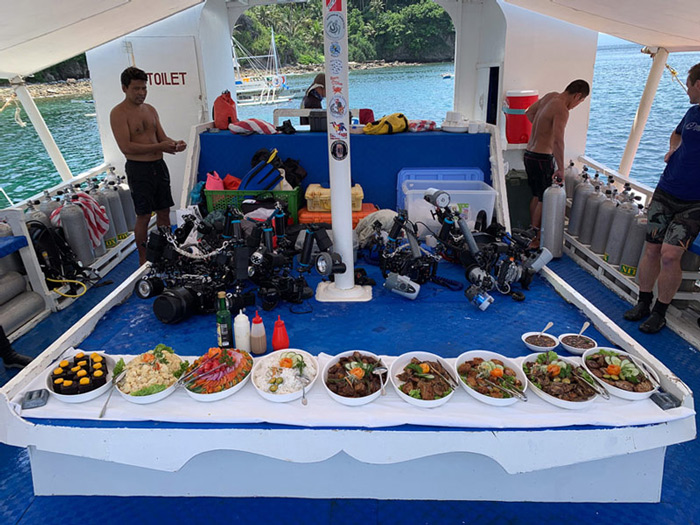
Most Dumaguete dive sites are an extension of the sloping shoreline, and while some are hard coral reefs, the majority are a combination of dark volcanic muck and rubble interspersed with hard corals, bordered by healthy seagrass beds in the shallows. Most sites also include at least some artificial reef materials, including large concrete blocks and heavy lines that are used as moorings, and various manmade structures that have been submerged for many years. All of these are now heavily encrusted with corals and other invertebrate life, which in turn attract all kinds of critters and fish. Theres even a garden of beverage bottles that have been molded into concrete bases, creating an ideal habitat for a wide range of small fish and critters. Aside from providing a nice variety of scenery, theres no doubt that these different habitats have a lot to do with the wide diversity of species found here.
Underwater and topside conditions were very nice on the first diving day, with mostly sunny skies and visibility around 60 feet or more. Every dive featured a wide range of critters, including various nudibranchs and flatworms, a small black frogfish, several peacock mantis shrimp, four ornate ghost pipefish hovering among branches of a crinoid, and a particularly colorful flamboyant cuttlefish. With such an abundance of photogenic creatures, it seemed that we were never without a subject, as everyone took turns moving from one photo op to the next. Before we knew it, wed clocked an hour of bottom time and it was time to head to the surface. Upon returning from the first morning dive on this and every day, we were presented with our choice of hot beverages and batches of freshly-baked cookies, still warm from the oven - what a treat! Before long it was time to head out for an equally great second dive, followed by a delicious lunch, a bit of time to relax or prep camera gear, then on to another excellent dive in early afternoon. For those interested in night diving, a briefing was conducted at 6:00 pm, which is just about sunset in these tropical latitudes.


Each day, usually between the afternoon and night dive, we had a photography seminar. While the majority of photo subjects were small critters that called for an emphasis on macro, my goal was to present a well-rounded course, so we started with the basics and covered a wide range of topics as the week progressed, including wide angle, composition, lighting, and digital workflow. As with all of our photo workshops, it was very satisfying watching the noticeable improvements in participants results between the first image review and the final slide show at the end of the week.
Our second diving day also offered good conditions, and our eagle-eyed guides again spotted all kinds of exotic subjects, including both a juvenile and adult ribbon eel, various commensal shrimp, porcelain crabs, banded pipefish with eggs, spearing mantis shrimp, robust and ornate ghost pipefish, a hairy squat lobster and schooling sand divers in the shallows.


The following day, we awoke to stiffening wind and sizable surf crashing on the beach, which stirred up the visibility and made coming and going from the boats somewhat of a challenge. Fortunately, the deeper areas were relatively unaffected by the surge, and we had good encounters with several small frogfish, a true stonefish, schools of razorfish, a wonderpus, a pygmy seahorse and a rarely seen solid yellow ribbon eel. That afternoon, while we continued to enjoy excellent diving, we were informed that a typhoon was passing a few hundred miles north of us, which accounted for the sloppy sea conditions.


On the morning of our fourth diving day, we were pummeled by one of the most intense rainstorms I've ever experienced, turning the sidewalk into a virtual river. The steps down to the beach became a waterfall, but we did manage to get out for the first dive of the day, when we encountered a pair of photogenic thorny seahorses at depth, as well as a strikingly patterned juvenile emperor angelfish and a school of juvenile striped catfish that swept across the bottom as if mowing the lawn, eagerly sifting mouthfuls of sand while searching for prey. Moving into the shallows, we were shown several ornate and robust ghost pipefish, a Pegasus fish, and a number of miniscule "Shawn the Sheep" nudibranchs, but the surge made photographing them even more challenging than usual. Upon our return, however, we were informed that the coast guard had prohibited all further boating activities until further notice, so we moved the photo class schedule up to late morning in order to take advantage of the time, followed by an individual help session in the early afternoon. By late afternoon the worst weather had passed, and we were allowed to dive the house reef, which featured schooling twin-spot snappers and many other reef fish as well as a few peacock mantis shrimp, but was otherwise uneventful. Those who went night diving reported seeing juvenile lionfish, various moray eels, a bobtail squid and a tiny clown anglerfish, as well as a cooperative blue-ring octopus.
We had hoped to dive Apo Island on Thursday, but had to wait until 5:00 am to finalize plans, when the coast guard finally gave the OK for boats to make the crossing. Fortunately, the weather had mellowed considerably by then, and we had a pleasant 45 minute passage. Apo Island is what remains of a long-dormant volcano, inhabited by a small population that depends entirely on the sea for their livelihood, either directly or indirectly. While they do harvest fish and other seafood in certain areas, the residents really seem to understand the importance of protecting the reef, and are very serious about adhering to the no-take zones that make up much of the surrounding waters. Moorings are provided, and anchoring on the reef is prohibited, as is the use of gloves while diving (unless you have a doctors note).


Our first dive at Apo was a wall on the windward side, probably quite scenic in normal conditions, but in the aftermath of the rough weather, visibility was a disappointing 20 feet at best. There were a few interesting animals though, including a black giant frogfish, banded sea krait, egg cowrie, and a "disco clam" (file shell) tucked into a deep crevice, displaying a thin line of what appears to be pulsating blue electricity that contrasts nicely against its otherwise ruby red interior. Thankfully, conditions were somewhat better when we moved to the leeward side of the island for our second and third dives, where the water was still a greenish hue, but visibility opened up to 30-40 feet. The reef was also much more colorful here, with bright yellow crinoids and clusters of orange cup corals adorning the deeper ledges and large barrel sponges, while a variety of healthy hard corals dominated shallower areas.
In between the second and third dives, we enjoyed a delicious lunch that was prepared onboard by one of the resort's chefs, including grilled tuna, chicken and several pork dishes, along with a tasty salad and chocolate cake for dessert. Other surface intervals featured freshly baked cookies and an assortment of fresh fruits including pineapple, watermelon and mango. It was an exceptional spread for a daytrip boat, but then again, the quality of the food in general at Atlantis is outstanding, so I guess we shouldn't have been surprised. After lunch, a number of Apo residents paddled out in small outrigger canoes to offer a great selection of t-shirts and sorongs to anyone interested in souvenirs. After 3 dives we headed back to the resort, arriving just in time for our planned photo class, which ran until dinner time. For those who still hadn't had enough diving, a blackwater dive offered a chance to see what kind of unusual creatures were drifting in mid-water, with particpants reporting encounters with small squid, larval gastropods, bizarre-looking worms, comb jellies, and other alien-like creatures.

For our final day, we headed out before sunrise to neighboring Cebu Island to snorkel with whale sharks, which are known to show up with great consistency to take advantage of the free meals of small shrimp offered by the locals. The journey itself was interesting, involving transfer by minivan to the ferry terminal, followed by an open-sea crossing to the southern tip of Cebu, then more driving before reaching the small town of Oslob around mid-morning. While not exactly a natural situation, the chance for virtually guaranteed close encounters with the worlds largest fish is an irresistible draw, and we found ourselves among hundreds of other excited tourists who were also seeking to get a look at the gentle giants. Its quite an operation everyone is assigned a group number, given a perfunctory briefing, then told to wait until their number is called for their turn in the water. After several hours of waiting, it was finally our turn, and we clambered aboard several small, outrigger-style dugout canoes for the short paddle out to the action. Each group is allowed exactly 30 minutes in the water, during which we were required to stay next to the boat, as the operator of another dugout made regular passes within a few feet of us, tossing out handfuls of tiny shrimp to attract the sharks. The sharks understand the routine very well, and constantly parade past the snorkelers while gulping down clouds of shrimp with their meter-wide mouths agape at the surface. With very limited visibility, its hard to say how many animals were present in total, but we saw at least 3 individuals, ranging from about 18 to maybe 30 feet in length. To say that its a contrived encounter would be an understatement, and the whole experience could be likened to that of a carnival, but theres no denying the appeal of being within touching distance of such huge, charismatic animals. And, for those with wide angle lenses, the photo ops were hard to beat.
Despite less-than-ideal weather, wed had a fun and rewarding week at Dumaguete, including many memorable moments and photo ops. Unfortunately, it was time for most of us to start our return journeys, but I think that every participant will look back fondly on this trip, and most of us will be back again I know I will!

